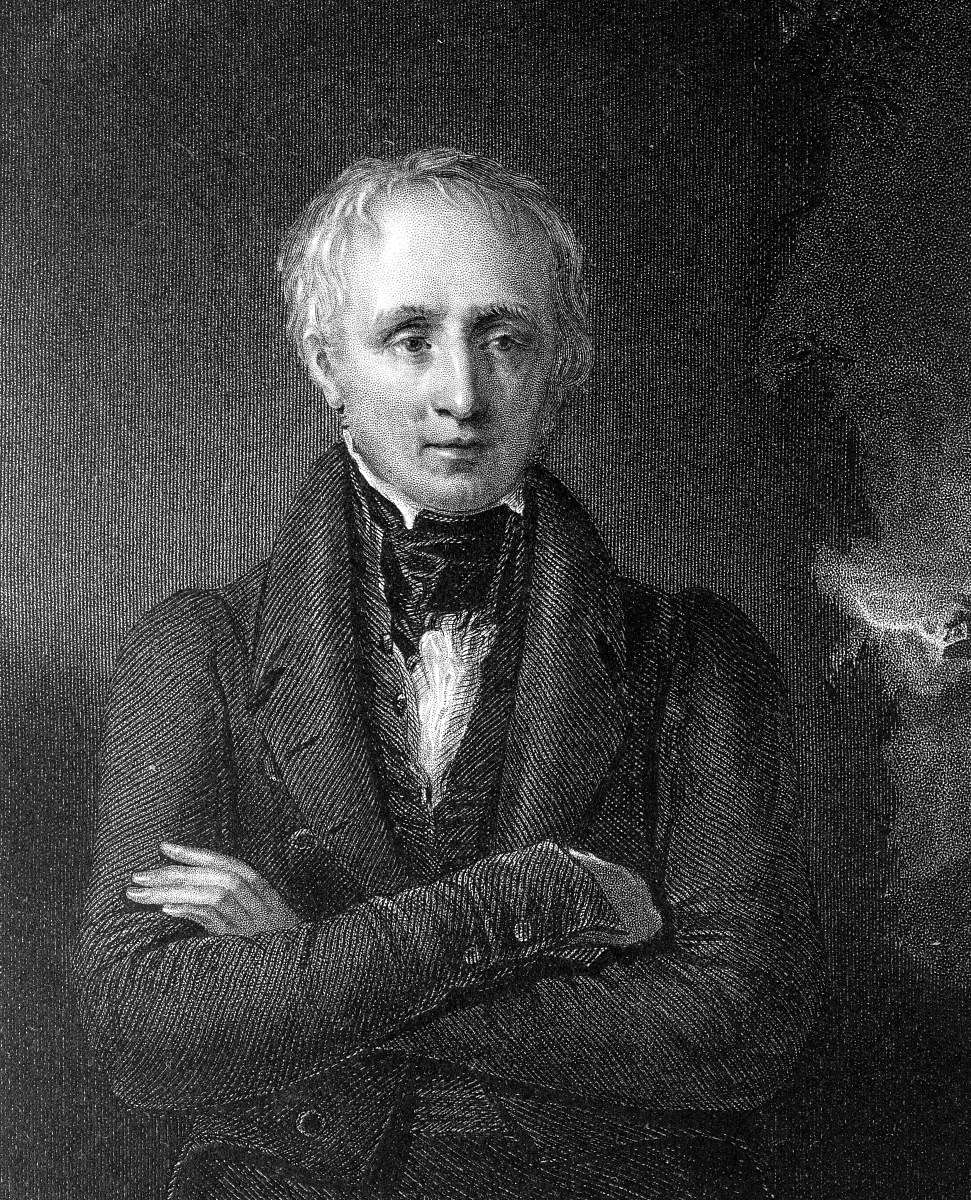
“Anita muttered “Daffodils!”, as she settled down to her English homework. “How silly that sounds!”
“I quite agree,” said a strangely dressed gentleman, appearing out of nowhere. “‘I Wandered Lonely as a Cloud’ was what I called it, many decades before it got this popular title.”
Anita was too surprised to be scared. “It’s an honour to meet you, Wordsworth uncle,” she said, “especially since you were once poet laureate, but ‘Daffodils’ is weird. Peculiar, I mean,” added Anita hastily, as Wordsworth looked bewildered. “You compare yourself to a cloud and daffodils to stars. Why can’t everyone and everything be themselves?”
“Similes enrich poetry,” began Wordsworth, “as gems...”
“Adorn a necklace,” concluded Anita. “I’m aware that in similes we use ‘as’ and ‘like’ to draw parallels between different things, but what are metaphors? Could you please shed some light on them, Wordsworth uncle?”
“They are compressed comparisons,” explained Wordsworth. “For instance, in one of my poems, I refer to my long-lost Lucy as a violet (symbolic of modesty) instead of stating that she was as shy as a violet. The similarity is understood. By the way, could you call me William? ‘Wordsworth uncle’ is Indian English.”
“Well, we happen to be in India,” Anita pointed out. “In fact, your poem is alien to me. Never having seen ‘golden daffodils’, I can only try to picture them; not easy, I assure you.”
“Here is one I plucked on my recent rambles,” said Wordsworth, handing Anita a daffodil.
“It’s lovely,” said Anita admiringly, ‘but you can’t possibly still be communing with nature, in your beloved Lake District. After all, you’ve been dead 172 years.”
Wordsworth beamed. “You must be keenly interested in my life and works to know that.”
“It’s really about getting through exams,” said Anita frankly; “although, now that I’ve met you, I would like to learn more.”
“Then note this,” said Wordsworth solemnly. “Poets are immortal. Of course, when I penned my verses on the daffodils in the early 19th century, I could hardly have foreseen the poem’s future fame. It is now widely known across the world.”
“Overrated,” said Anita curtly. “You may be strolling serenely through eternity, but I don’t see how waves and daffodils can dance delightedly, the way you make them do.”
“That, my dear, is the beauty of personification,” said Wordsworth. “It is a figure of speech in which something non-human is given the qualities of a person. Doesn’t Tagore (I can’t pronounce his first name!) talk of bees thanking flowers after sipping honey?”
“How on earth do you know our great gurudev?” asked Anita, amazed.
“A fellow genius,” said Wordsworth smiling. “You are a bright girl, but you need to develop your imagination: the ‘inward eye’ mentioned in my poem.”
“Your poem is difficult,” complained Anita. “My classmates and I struggled with the meanings of ‘jocund’ and ‘pensive’.”
“As someone who believes that poetry should be simple, I ought to have avoided those, and perhaps a few other words,” admitted Wordsworth, “but they were common in my time. Language keeps evolving.”
“There is also exaggeration,” said Anita severely. “‘Ten thousand saw I at a glance...’ Impossible!”
“Hyperbole,” said Wordsworth, “is common in poetry. In fact, it gets even better,” he chuckled. When I came across those daffodils at Glencoyne Bay, on April 15, 1802, I was not — despite my opening line — out walking by myself. My sister Dorothy was right beside me. Remember, Anita, that twisting truth is permissible in literature. It is termed poetic licence!
(The author is an English teacher and a freelance writer.)